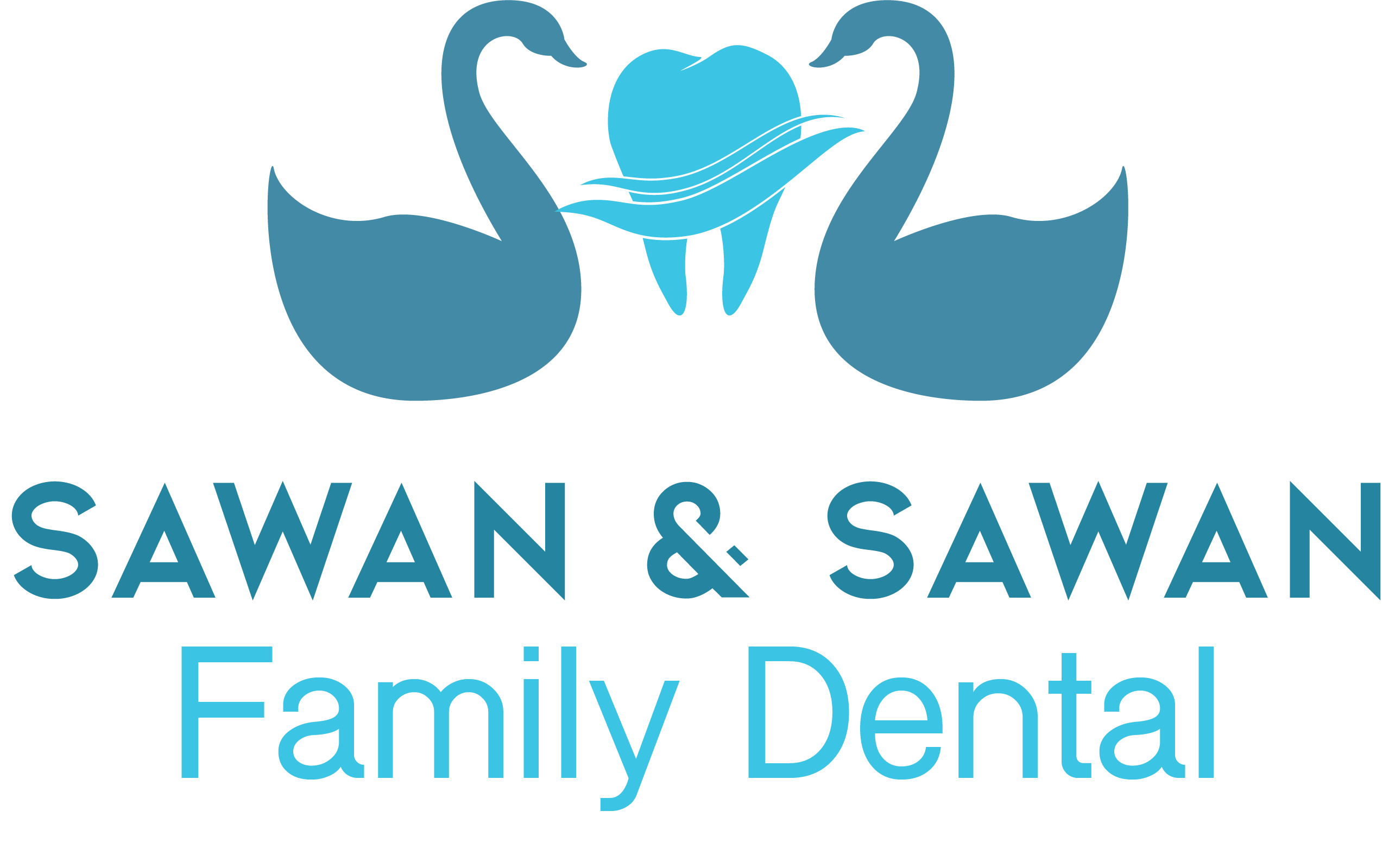The CEREC® System is sometimes called a CAD-CAM system. CAD-CAM means Computer Assisted Design and Computer Assisted Milling. The CEREC® system has three major components:
Acquisition device: This device is home to a high-quality camera and a medical grade computer. The function of this unit is to photograph the prepared tooth. Three-dimensional images are created of the tooth on the screen, which the dentist uses to design the perfect ceramic restoration.
Three-dimensional CAD software: This software allows the dentist to examine the tooth from every angle. It is the closest possible thing to holding the tooth in the hands and rotating it.
Milling device: This unit actually manufactures the custom restoration from the specifications entered into the computer. A ceramic block, which best resembles the existing tooth color is chosen and placed into the unit. Within minutes, the milling device produces the restoration the dentist designed. No horrible-tasting impressions or time-consuming transfers to and from the laboratory are required.
The first step in the procedure is to prepare the tooth. The dentist removes all tooth decay and creates a divergent occlusal axial wall, to make the opening of the tooth wider than the base. Next, an impression is made using a covering of titanium dust. This dust allows the camera to take a highly detailed picture of the tooth. Images are formulated with the CEREC® camera. CEREC® optical imaging utilizes an infrared wavelength.
The image is transposed onto the computer screen. It is here that the dentist is able to view the tooth from every angle and design the final restoration. When the design is complete, it is transmitted to the milling unit. The dentist chooses a block of ceramic that matches the color of the teeth. This ensures that the restoration will be almost invisible.
Within 15 minutes, the full crown, onlay, overlay or veneer is complete. The restoration is made of compressed, rather than laboratory-layered porcelain. This enhances strength and durability.
Before affixing the restoration to the tooth, the dentist will place it dry to ensure it fits perfectly. It is then polished and affixed to the tooth with dental cement. The procedure is now complete, and all without the need for a second visit! The quality of the results is the same as the laboratory-generated restoration, but a great deal of time and money has been saved.
If you have questions or concerns about CEREC®, please ask your dentist.
